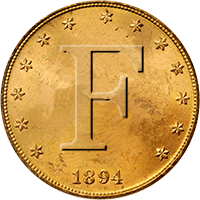Mike (Virginia Beach)
New member
I was out hunting a farm field today with my Quattro buddy Karl and he found this copper. It's a little bigger than a Large Cent and a tad thicker...I have several LC's and compared it...I think it's a Colonial Copper. I used a little Blue Ribbon coin cleaner to get it to where it is now...it's ROUGH. This is the best I can do...any ideas?
[attachment 49220 Copper.jpg]
[attachment 49220 Copper.jpg]




